Transient Response
Transient response in power supplies refers to how quickly and effectively the PSU stabilises its output voltage during sudden changes in load demand, such as when a CPU or GPU increases its power draw. It’s measured by the time and voltage deviation during these shifts. A faster, smaller transient response ensures stable power, preventing instability and component damage.
20% Load – 20ms
| Advanced Transient Response 20% - 50 Hz - No Caps | ||||
| Voltage | Before | After | Change | Pass/Fail |
| 12V | 12.085V | 11.977V | 0.89% | Pass |
| 5V | 4.980V | 4.884V | 1.93% | Pass |
| 3.3V | 3.311V | 3.174V | 4.14% | Pass |
| 5VSB | 5.037V | 4.979V | 1.16% | Pass |
50% Load -20ms
| Advanced Transient Response 50% - 50 Hz - No Caps | ||||
| Voltage | Before | After | Change | Pass/Fail |
| 12V | 12.060V | 11.953V | 0.88% | Pass |
| 5V | 4.975V | 4.875V | 2.01% | Pass |
| 3.3V | 3.304V | 3.161V | 4.32% | Pass |
| 5VSB | 5.013V | 4.956V | 1.13% | Pass |
The transient response with normal loads is good at 12V, average at 5V, and clearly mediocre on the 3.3V rail, where the voltage level drops below 3.2V at both tests.
Transient Response ATX v3.1 Tests
[Note] For PSUs without a 12+4 pin connector, the maximum applied load for the transient response tests is 150%, rather than 200%.The PSU passes all ATX v3.1 transient response tests, but the 3.3V rail drops below 3.2V at the 200% load test.
The 12V rail’s performance is good enough for the category’s standards.
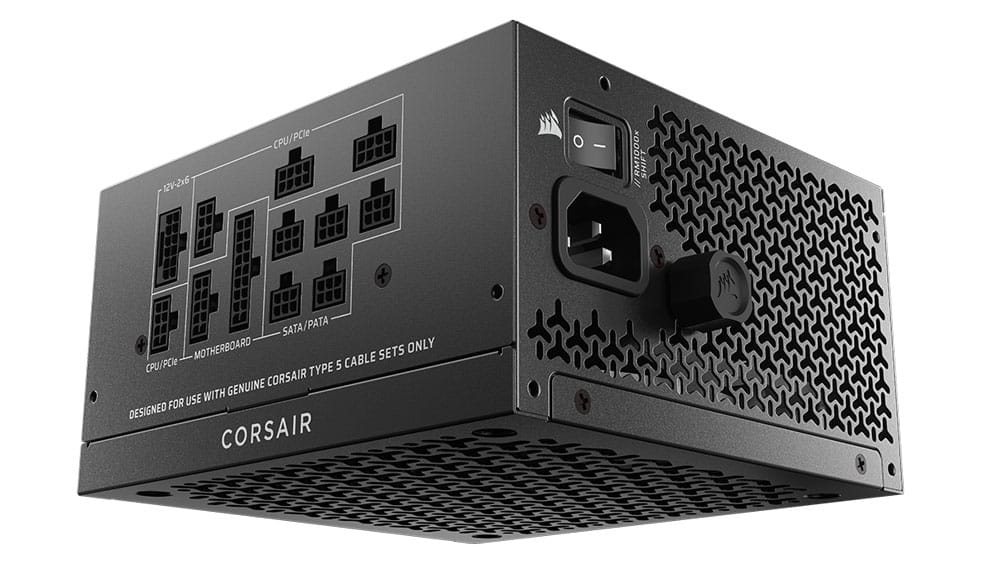

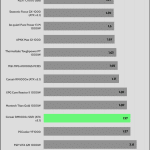

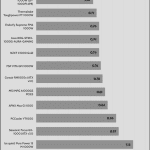
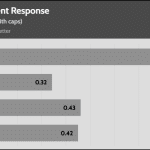
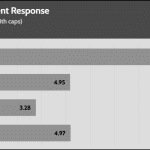
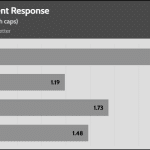

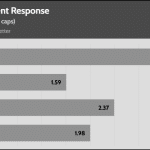
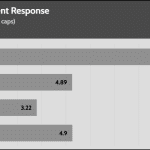



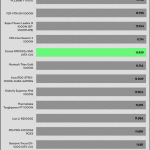






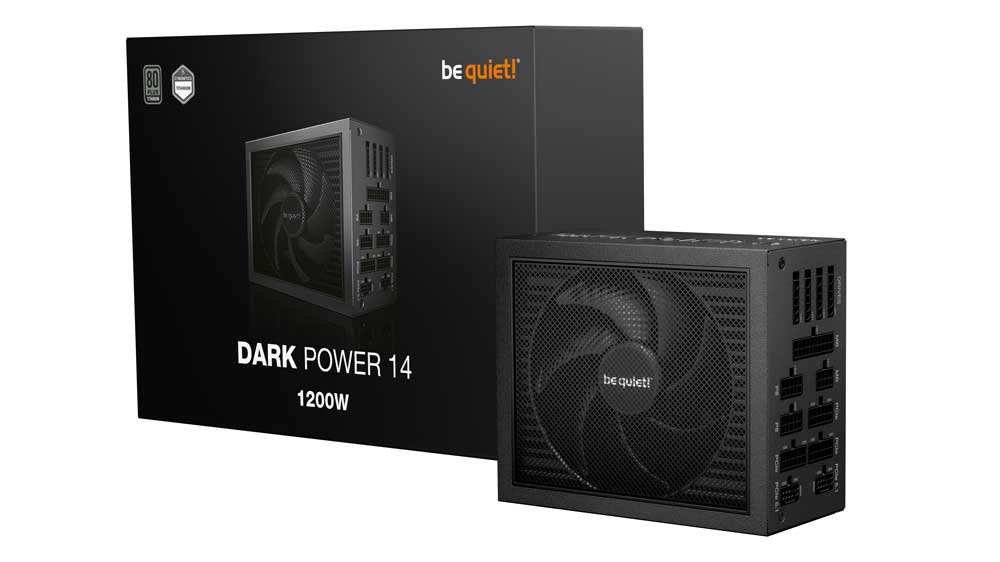

Is adding fan failure protection considered complex and expensive?
It needs some work yes but if you have a dedicated fan controller already it is easier
Generally speaking, the Great Wall’s platform on the shift version is better and more reliable than the Channel Well’s platform on the standard version? It seems the standard version’s platform is more robust.